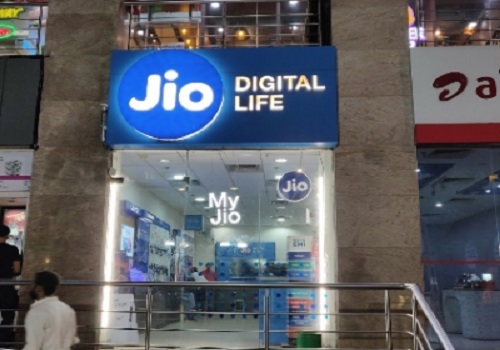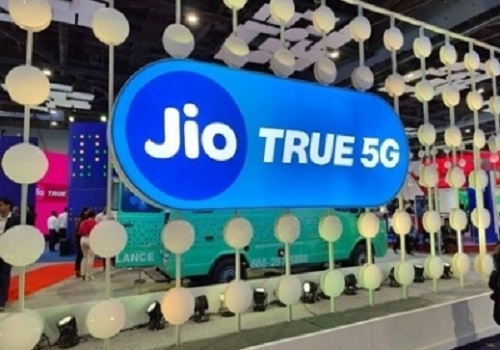India`s smartphone market nosedives 20% in Q1 as 2023 remains challenging

Follow us Now on Telegram ! Get daily 10 - 12 important updates on Business, Finance and Investment. Join our Telegram Channel
Amid sluggish consumer demand, the Indian smartphone market witnessed the first-ever Q1 shipment decline of 20 per cent (year-on-year), a new research has shown.
Overall, the India smartphone market saw 30.6 million unit shipments in Q1 2023, a massive drop from 38.2 million in Q1 2022.
The market is still witnessing uneven demand woes and channels remain vulnerable to stock build-up, according to market research firm Canalys.
Samsung remained in the top spot with a 21 per cent market share, shipping 6.3 million units.
OPPO overtook vivo and Xiaomi to reach second place with 5.5 million shipments, driven by successful new product launches.
Following closely behind, vivo came third with 5.4 million shipments, as it continued strong momentum in the offline channels.
Xiaomi slipped to fourth place, shipping 5 million units, while realme maintained fifth place with 2.9 million shipments as the online channel remained muted.
"Just as the economic indicators toward the end of Q4 2022 clearly suggested that demand would remain sluggish in the short term, it was witnessed so in Q1 2023. Despite this challenge, investments from major brands are pouring in as they align with the government's vision and changing consumer behaviour," said analyst Sanyam Chaurasia.
"Year 2023 will be challenging as the mass-market segment is still moving slowly. Nonetheless, the premium segment is poised for growth, boosting the ASP growth of the overall market," said Chaurasia.
At present, India's smartphone export growth is primarily driven by Apple and Samsung, helping achieve a record-breaking export value of almost $4 billion in Q1.
Canalys expects modest growth this year, driven by organic growth drivers.
However, to stimulate the upgrade cycle, 5G devices and other market drivers must offer compelling utility for consumers, the report mentioned.
"Apple's new offline stores staffed by expert employees will further enhance its brand experience and position. While online heavy brands have driven units primarily through e-commerce sales, leading to periodic volume surges," Chaurasia added.












 320-x-100_uti_gold.jpg" alt="Advertisement">
320-x-100_uti_gold.jpg" alt="Advertisement">












